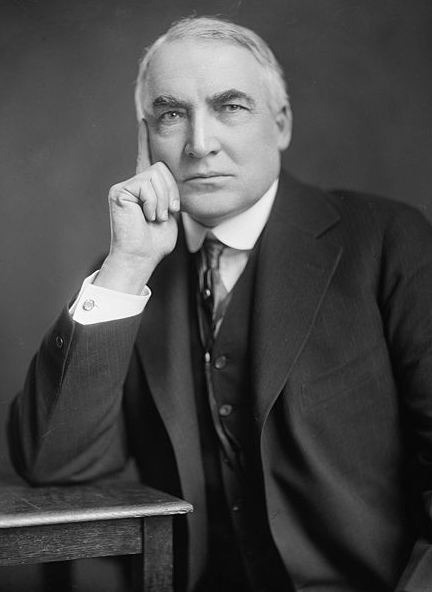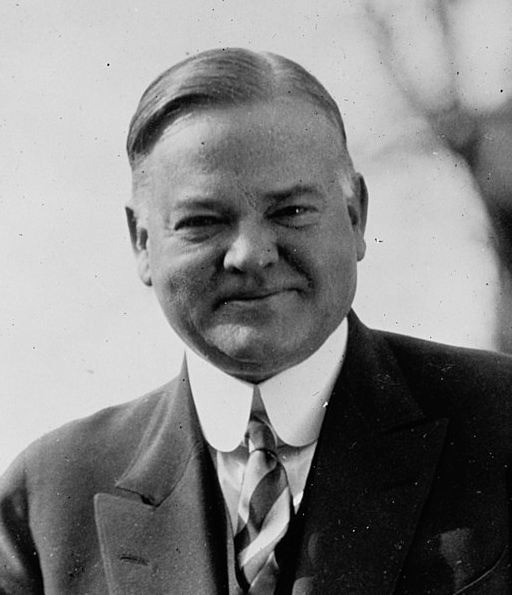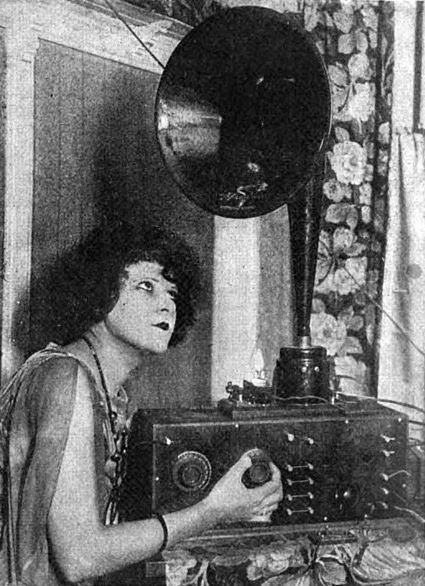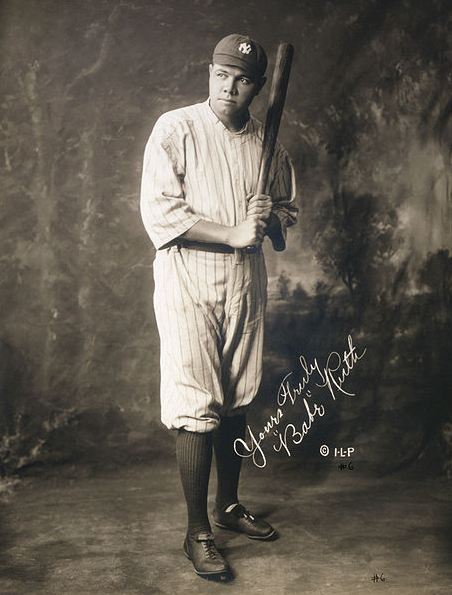The 1920s were commonly referred to as the Roaring Twenties or the Jazz Age in North America and as the Golden Age Twenties in Europe. This is due to the economic boom that followed the First World War. It is also considered by the French as Crazy Years, emphasizing the era’s social, artistic, and cultural dynamism.
It was a decade of economic prosperity with a distinguishing cultural edge in the United States and Europe, most especially in major cities such as Berlin, London, Paris, Los Angeles, Chicago, New York City, and Sydney. During these times, jazz blossomed, the flapper defined the modern look for American and British women, and Art Deco peaked. If you want to learn more about this interesting decade, read on as we’re giving you the ultimate guide to the 1920s.
Politics in the 1920s
After the First World War and the passage of the 18th Amendment, Americans entered the idiosyncratic 1920s, a period of Republican leadership, nationalistic and fundamentalist movements, and as well as changing social conventions. Republican presidents who favored business expansion rather than regulation were elected, and the American public enjoyed seemingly unlimited affluence. However, fear of activists and foreigners combined to almost completely close America to immigration and contributed to the resurgence of hate groups like the Ku Klux Klan.
In the 1920s, three Republicans occupied the White House, which was Warren G. Harding, Calvin Coolidge, and Herbert Hoover.
The Harding Administration
Warren G. Harding was known to be sociable and popular. However, his naivety made him a disaster as president. Aware of his own weaknesses, he tried to choose the best men possible for his cabinet, which included Charles Evans Hughes as Secretary of State, Henry C. Wallace as Secretary of Agriculture, Andrew Mellon as Secretary of Treasurer, and Herbert Hoover as Secretary of Commerce. These were the men who were responsible for the accomplishments of the brief administration of Harding, which included cutting taxes, stimulating business growth, and negotiating disbarment treaties. If you’d like to learn more about his leadership, you can read our article about the Presidency and Policies of Warren Harding.
Coolidge and the 1924 Election
In 1919, Harding’s vice president, Calvin Coolidge, came to national attention when he ended the Boston police strike while he was the governor of Massachusetts. According to him, the president should not take an activist role in government. He was also opposed to the regulation of business as Harding had been. The Republican creed of the 1920s was summed up by his famous joke, “The business of America is business.” Calvin Coolidge was an honest, reserved man who had no connection with the scandals of his predecessor’s allies. He was the Republican choice for president in 1924, as the Democrats found it harder to select a candidate. Learn more about his leadership in our article about The Politics of Calvin Coolidge.
The Election of Herbert Hoover
In 1928, when Coolidge decided to not run for a second term, Herbert Hoover was nominated by the Republicans. Even though Hoover never held elective office, he had a distinguished career in public service and was well observed for his work with the Food Administration and as well as in the relief efforts after the war. The Democrats, on the other hand, nominated Governor Al Smith for a second time. However, with the country still enjoying the prosperity that the Republicans took full credit for, Herbert Hoover was nearly impossible to beat. If you want to learn more about his political and economic opinions, you can read our article about the Policies of Herbert Hoover.
The New Woman
The most popular symbol of the 1920s is probably the flapper. It pertains to a young woman with bobbed hair and short skirts who smoked, drank, and said what might be termed “unladylike” stuff, aside from being more sexually “free” compared to the previous generations. However, in reality, most young women in the 1920s did none of these. But even those women who were not flappers earned some unparalleled freedoms. Learn more about this by reading our article, Learn the Interesting History of the 1920s Flappers.
The right for women to vote was guaranteed in 1920 by the 19th Amendment to the Constitution. However, it would be decades before African American women in the South could fully exercise this right without Jim Crow intimidation.
During the 1920s, many women worked in blue-collar jobs, and as well as in white-collar jobs like stenographers, for example. They could also afford to join in the burgeoning consumer economy. There was also increased availability of birth-control devices in the 1920s, which made it possible for women to have fewer children. Household work was also made easier with new machines and technologies that were introduced in the 1920s, such as vacuum cleaners and washing machines.
Western Fashion in the 1920s
In the 1920s, for women, fashion had continued to change away from the extravagant and restrictive styles of the Victorian and Edwardian era and towards looser clothes that revealed more of their arms and legs. Men, on the other hand, also started to wear less formal daily attire and athletic clothing became part of mainstream fashion for the first time.
The style trends for Europe and North America were set by Paris. For women, fashion was all about letting loose. They wore dresses all day and every day. Their day dresses had a drop waist, which was a belt around the low waist or hip, and a skirt that hung from the ankle on up to the knee but never above. Clothing fashions transformed with women’s changing roles in society. The sportswear worn by avantgarde and younger women became the greatest change in post-war fashion.
The tubular dresses that teens used to wear had transformed into a similar silhouette that donned shorter skirts with folds, gathers, or slits to allow motion. The flapper look was undoubtedly the most memorable fashion of the Roaring Twenties. It featured a dress that was functional and flattened the bust line rather than accentuating it.
For men, they wore suit jackets throughout the decade. These were the old long jackets that were used for formal occasions. During the early 1920s, men’s fashion was branded by extremely high-waisted jackets, usually worn with belts. By 1925, wider trousers called Oxford bags became fashionable, while suit jackets returned to a normal waist. In addition to that, loose-fitting sleeves without a taper also started to be worn by men during this decade.
In the 1920s, men also had a variety of sports clothes available to them, such as sweaters and knickers. Men’s fashion became less regimented and formal. They favored short jackets with two or three buttons instead of jackets that have long tailcoats and pinstriped suits. By the mid-1920s, many men preferred wearing shirts with attached collars, which were soft and comfortable to wear.
Leisure and Consumption in the Roaring Twenties
The increased financial prosperity in the 1920s provided many Americans more disposable income, which they could spend on entertainment. The influx of cash along with advancements in technology have led to new forms of leisure and consumption. During these times, movies and sports became more popular, and commercial radio and magazines made athletes and actors national icons.
The 1920s Cinema
In the early part of the decade, the popularity of “moving pictures” continued to grow. With this, many movie palaces that can provide seating to thousands of people sprang up in major cities. During those times, a ticket for a double feature and a live show cost 25 cents. This means that for a quarter, Americans could be entertained and lose themselves in another world through movies.
People of all ages watched movies with far more regularity compared to today. In fact, they went more than once per week. By the end of the 1920s, weekly movie attendance grew to 90 million people.
The silent movies of the early 1920s gave popularity to the first generation of movie stars. There was no star that captured the attention of the American viewing public more than Charlie Chaplin. He was the top box office attraction of his time. If you’d like to learn more about him, check out our Ultimate Guide to Charlie Chaplin.
The world of the silent movie started to decline in 1927, when the first “talkie” was released in New York, which was “The Jazz Singer.” The film starred Al Jolson, and it talked about a characteristically American story of the 1920s. It revolved around the life of a Jewish man from his childhood days of being groomed to be the choirmaster at the local synagogue to his life as a popular and Americanized jazz singer. The story of the film and its new sound technology used to present it were both popular with audiences around the country, making it a huge hit.
Radio and Sports in the 1920s
Radios were introduced during the First World War. After that, it became a common feature in American homes of the 1920s. There were hundreds of radio stations that popped up over the course of the decade. They developed and broadcasted news, stories, and political speeches.
Like print media, advertising space was combined with entertainment. However, unlike newspapers and magazines, advertisers did not need to depend on the active participation of consumers. It’s because they were able to reach out to anyone within listening distance of the radio. However, a broader audience also meant that advertisers need to be more careful and conservative so that they would not offend anyone.
The power of radio further enhanced the process of creating a shared national culture that has began when railroads and telegraphs broadened the delivery of newspapers. Compared to print media, radio was far more effective. It created and driven American culture onto the radio frequencies and into the homes of people and families around the country.
In the late 1920s, syndicated radio programs, such as Amos ‘n’ Andy entertained listeners across the country. With the radio, Americans from coastline to coastline could listen to exactly the same programs. This had the effect of leveling out regional differences in language, music, dialect, and even consumer taste. For more information about 1920s music, read our article about the Top Musical Acts of the 1920s.
In addition to that, radio also changed how Americans enjoyed sports. Play-by-play descriptions of sporting events were introduced and broadcasted over the radio, which brought sports entertainment right into the homes of millions of people. It helped commercialize sports figures and their accomplishments. With this, sports superstars soon became household names.
In 1926, Gertrude Ederle was known to be the first woman to swim the English Channel. In the late 1920s, Helen Wills dominated women’s tennis and won Wimbledon eight times. Harold “Red” Grange played football for the University of Illinois and averaged over ten yards per carry during his college career. But the biggest star of all was Babe Ruth, known as the “Sultan of Swat,” as he became the first baseball hero.
The 1920s Art
A new artistic movement called Art Deco thrived throughout the 1920s, and it replaced the elaborate styles related to Victorianism. This new art was not only applied to art but as well as to furniture design, architecture, advertising, fashion, and other areas. It was minimalist and modernized. It often featured bold geometric shapes like triangles and spheres, and as well as lively coloring and huge lettering. Some of the prime examples of Art Deco architecture are the Empire State Building and the Chrysler Building in New York City.
There was also a major movement that flourished throughout the 1920s called the Harlem Renaissance. It was centered in Harlem, New York. It expressed the uniqueness of African-American culture. Some of the popular Harlem Renaissance artists include Malvin Gray Johnson, Palmer C. Hayden, and Laura Wheeler Waring. They all created daring, colorful imagery that communicated African-American pride.
In addition to that, another trend in the 1920s art was Precisionism, which was believed to be coined by Alfred H. Barr, the director of the Museum of Modern Art during those times. It was among the significant art styles that defined the Roaring Twenties. If you’d like to learn more about it, read our article, What was 1920s Precisionism?
Conclusion
The 1920s is indeed a very interesting decade. It was a time when many Americans flourished as investors flocked to a rising stock market, and many companies launched new and cutting-edge products like radios. Energetic Americans kicked up their heels to jazz music and enjoyed their time watching films in cinemas. If given a chance, would you want to experience the Roaring Twenties?






